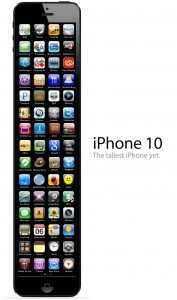Wrapping up what was a very quick semester, it’s time to flip the page with COMM 296. After a memorable and enjoyable 3 months, I can now say that I managed to take meaningful and useful concepts out of the introductory marketing course with Professor Rui Silva.
The final video assignment was a culmination of what my teammates and I took out of the course and expressed it in a short, cartoon video. Our approach to the cartoon video (complete with our voices dubbed over, and soundtracked with subtle Bossa Nova) was meant to be a fun twist and it was a unique experience to do so.
The cartoon video was created using a beta version of www.powtoon.com. Because of this, we were faced with many uncertainties surrounding the limits of an unfamiliar beta program. The entire editing process was a learning curve from what you see displayed in minute 0 to minute 5. In retrospect, I feel we could have cut production time significantly if we had used a familiar editing software. Nonetheless, the learning curve was invaluable as we opened another channel to editing through the cartoon realm. The factors of filmmaking and sitting down meeting, after meeting with my group members was an inevitable thing that required patience and schedule-matching, we understand all groups faced this barrier and knew that we had to be prompt and efficient with this process. However, I found that our group had particular fun with certain parts of the process as we went through the scripting and breakdown of the video. For example, throughout the brainstorming process, we thought about the memorable times in lecture and group discussions; and in numerous occasions, these thoughts broke many brain blocks and facilitated new and creative ideas that we would eventually incorporate into the film. Hopefully the video can show viewers a glimpse of the creative process we took effort in forming our ideas together.



